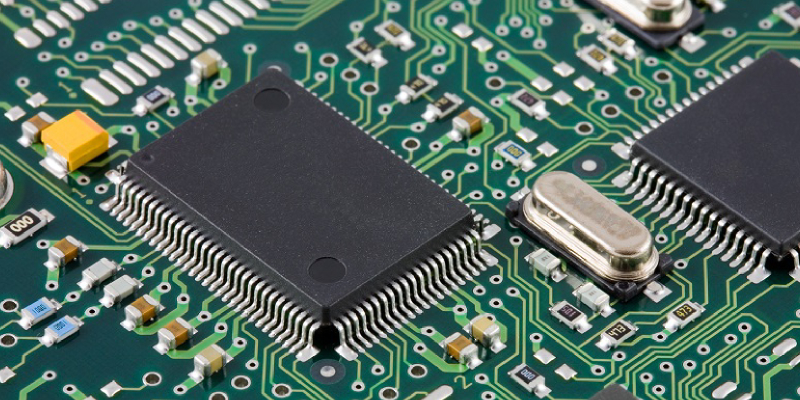The Miracle Of Nano Technology

2 decades of fundamental nanoscience research and 15 years of focused research and development have ultimately delivered results that surprising and predictable. Nanotechnology is finally helping in transforming many industrial fields including:
• information technology
• homeland security
• medicine
• transportation
• energy
• food safety
• environmental science
One example of the miracle of nanotechnology is material. The science has given humans the ability to tailor the structure of any substance at a minuscule level. Such tailoring achieves unique properties that turn the material:
• stronger
• lighter
• more durable
• more reactive
• more sieve-like
• better electrical conductors
Technology can be used to incorporate any one of these qualities in an element or a combination of them. These are not the only traits that can be introduced to materials; there are many others.
A real-life application of nanoscale material is the film that is used on computers, cameras, windows, eyeglasses, and other surfaces to turn them:
• Water- Repellent
• Residue-Repellent
• Anti-reflective
• Self-Cleaning
• Resistant to Ultraviolet
• Infrared Light Resistant
• Anti-fog
• Antimicrobial
• Scratch-Resistant
• Electrically Conductive
Films on glass surfaces are just one example of the many everyday products that have been benefiting from nanotechnology. Another is a smart fabric that can monitor heart rate and harvest energy while being washable and extremely durable.


